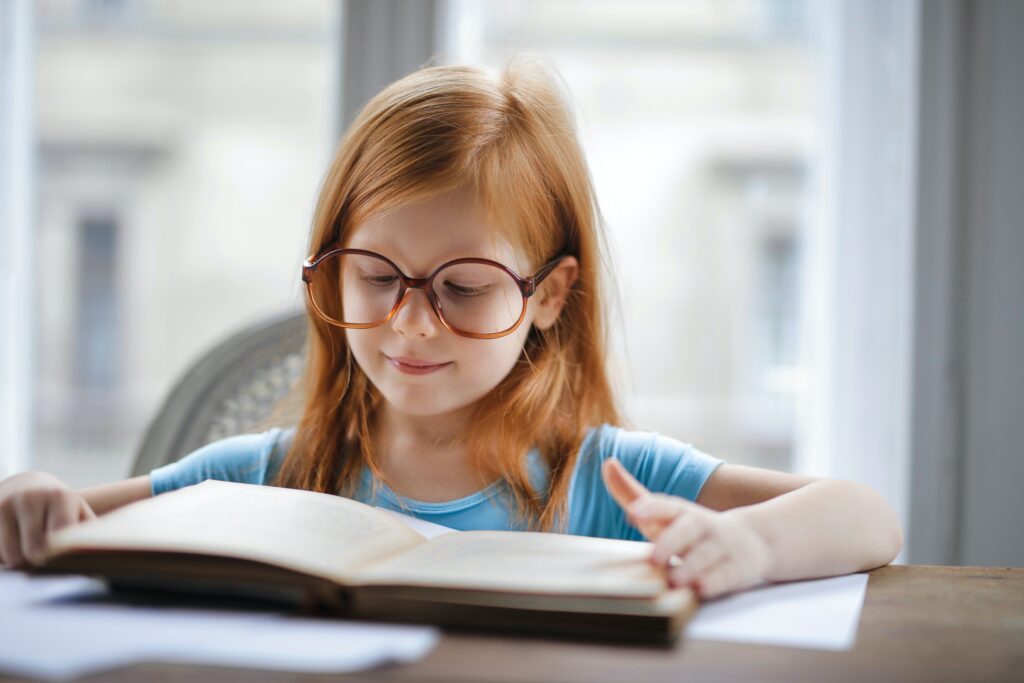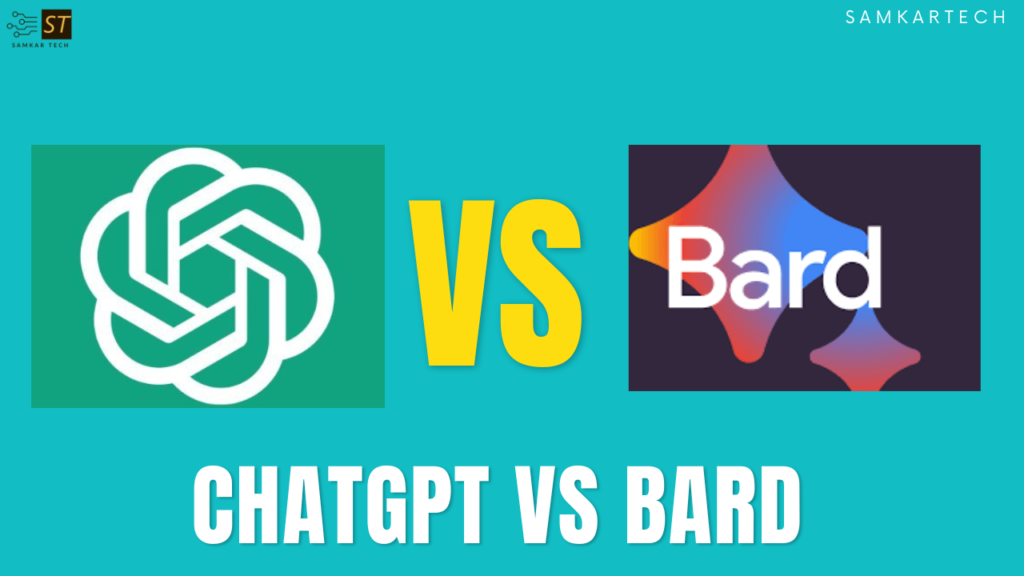
ChatGPT and Kids’ Education: A Powerful Combination or a Risky Move?

One technology that is gaining popularity is ChatGPT (Generative Pre-trained Transformer), a language model developed by OpenAI. ChatGPT is designed to understand and generate human-like text, making it an excellent tool for enhancing children’s language skills. It can help children with their reading and writing, as well as improve their vocabulary and grammar.
One of the key benefits of ChatGPT is that it can engage children in interactive learning experiences. Children can interact with ChatGPT in a conversational manner, asking questions and receiving responses that the model generates based on its pre-training on a massive corpus of text data.
ChatGPT can also be used to support children’s creativity by generating story prompts, encouraging them to use their imagination, and develop their writing skills. It can even create personalized learning experiences by tailoring content to a child’s interests and abilities.

However, it is important to note that ChatGPT should not replace human interaction and guidance in a child’s education. It should be used as a supplementary tool to enhance learning and stimulate interest in language and writing.
In addition, it is crucial to ensure that children use ChatGPT safely and responsibly. As with any technology, potential risks and dangers exist, such as exposure to inappropriate content or overreliance on the model for learning.
Pros of ChatGPT for school students:
- Personalized Learning: ChatGPT can be used to create personalized learning experiences for students. Teachers can use the model to generate content tailored to the needs of individual students, helping them learn at their own pace.
- 24/7 availability: ChatGPT is available 24/7, which means students can access it anytime they need help. They don’t have to wait for a teacher to be available to get their questions answered.
- Enhanced critical thinking: ChatGPT can help students develop their critical thinking skills. By interacting with the model, students can learn to ask questions and analyze responses, which can help them develop a more sophisticated understanding of various topics.
- Improved language skills: ChatGPT can help students improve their language skills. By interacting with the model, students can learn new vocabulary, practice grammar, and improve their writing skills.
- Fun and engaging: ChatGPT is a fun and engaging way for students to learn. Its conversational style makes learning feel more like a game than a chore.
Cons of ChatGPT for school students:
- Dependence on technology: Overreliance on ChatGPT could make students overly dependent on technology, leading to a lack of critical thinking skills.
- Lack of emotional intelligence: ChatGPT lacks emotional intelligence, which means it cannot pick up on the emotional state of students. This can make it difficult for the model to provide appropriate emotional support when needed.
- Lack of personal touch: ChatGPT cannot replace the personal touch of a teacher. Human teachers can provide individualized support and build relationships with their students, something that a model like ChatGPT cannot do.
- Limited scope: ChatGPT is limited by the information it has been trained on. It may not be able to answer questions outside its area of expertise, leading to frustration for students.
ChatGPT has the potential to be an excellent tool for enhancing kids’ education. However, it is essential to use it judiciously and alongside human teachers to ensure that students receive a well-rounded learning experience.
Also read:ChatGPT launches boom in AI-written e-books on Amazon




ChatGPT in Italy: Garante's Demands for Restart of Service 2 years ago
[…] Also Read| ChatGPT and Kids’ Education: A Powerful Combination or a Risky Move? […]
ReplyIntroducing GPT-4: The Most Advanced Language ModelSamkarTech 2 years ago
[…] Also Read:- ChatGPT and Kids’ Education: A Powerful Combination or a Risky Move? […]
ReplyMicrosoft extends AI partnership with ChatGPT- SamkarTech 2 years ago
[…] Also Read| ChatGPT and Kids’ Education: A Powerful Combination or a Risky Move? […]
Reply